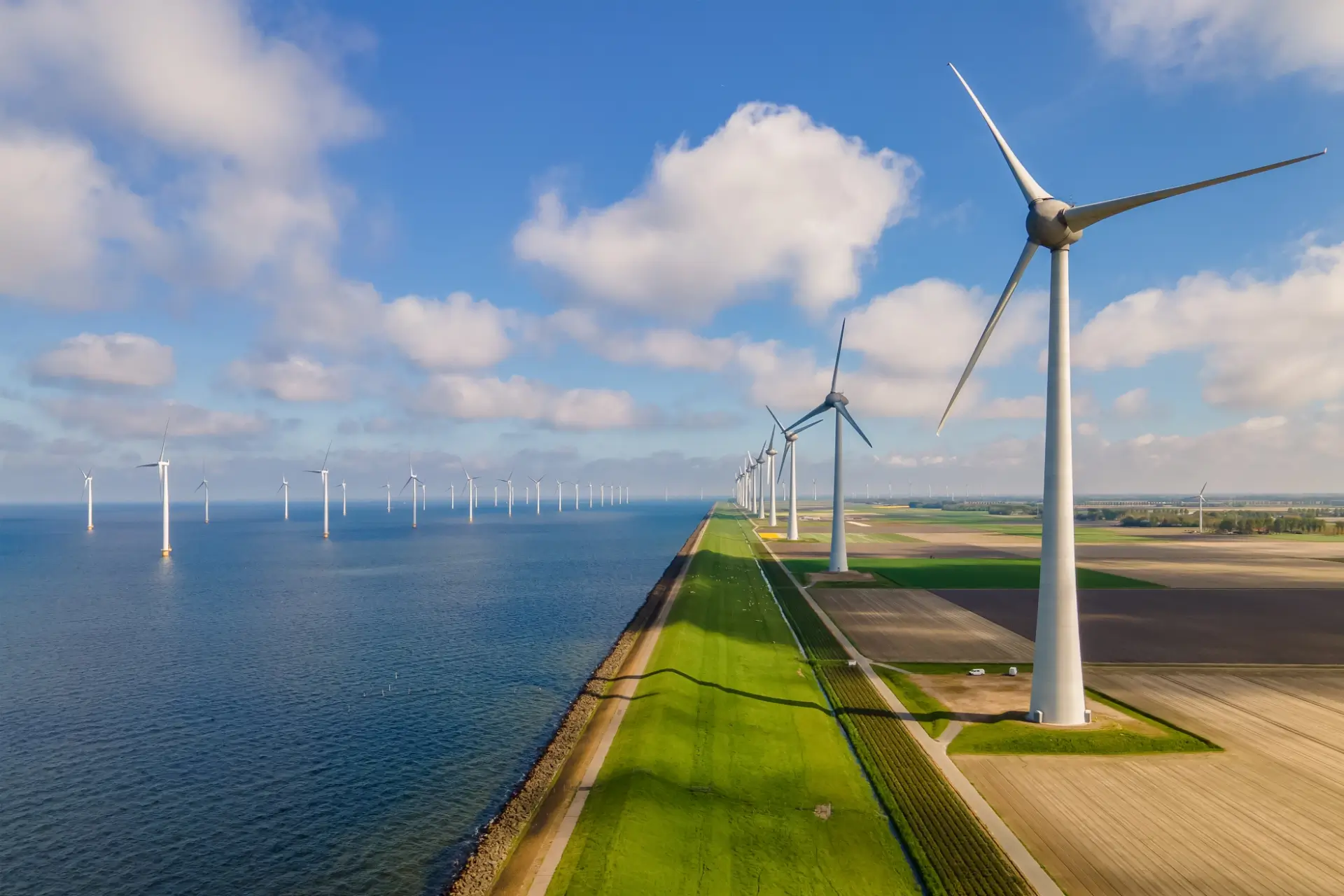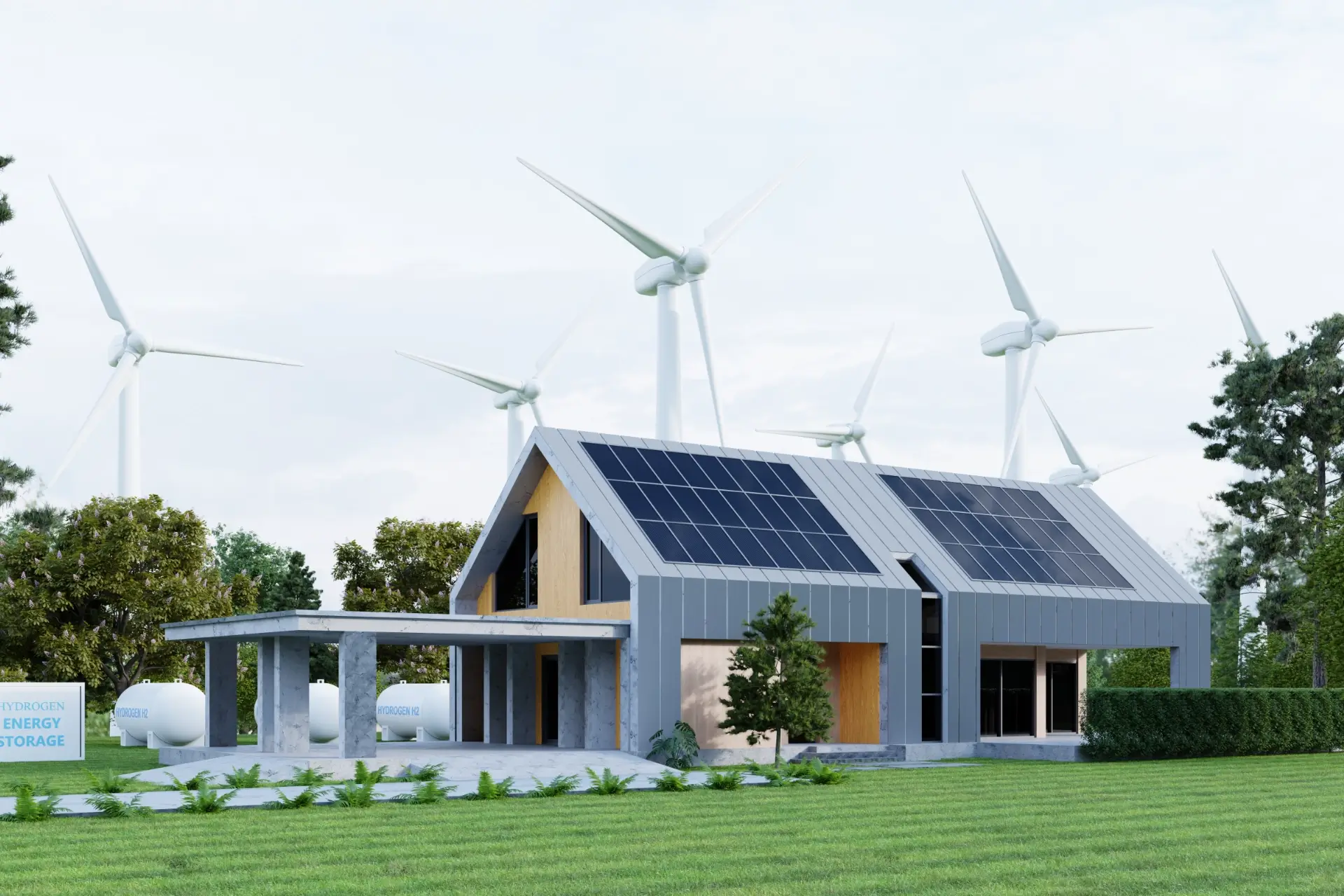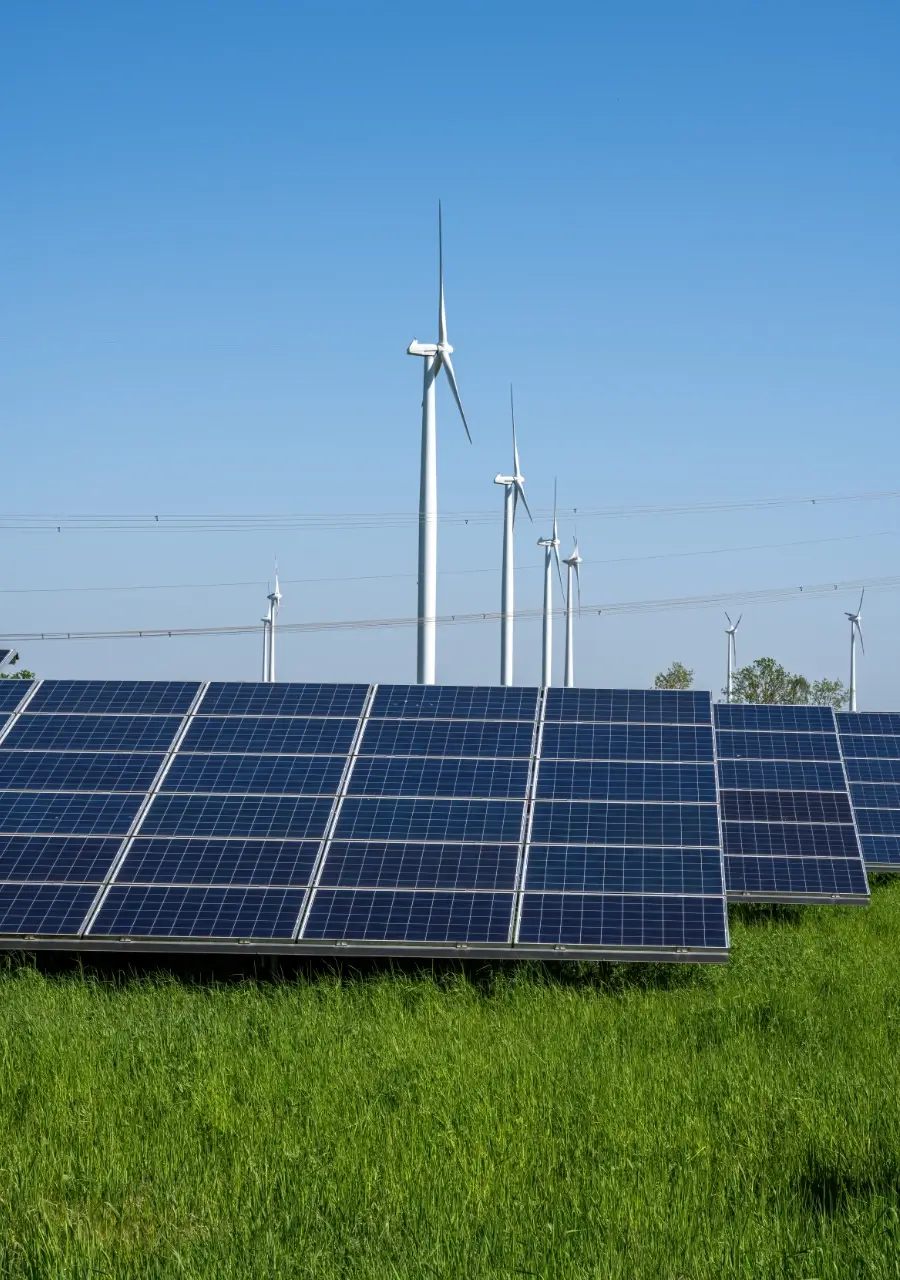

Project Detail:
Community Wind Power
April 20, 2025
Pekanbaru, Indonesia
Powerix Solar
Project Overview:
Community Wind Power is a renewable energy initiative designed to empower local communities through the development and ownership of wind energy projects. This project aims to establish medium-scale wind turbines in rural or semi-urban areas where wind conditions are favorable, enabling residents and local stakeholders to produce clean, affordable electricity while generating long-term economic, environmental, and social benefits.
Objective:
- Generate Clean Energy: Harness wind resources to reduce dependence on fossil fuels and decrease greenhouse gas emissions.
- Empower Communities: Promote local ownership and participation in energy generation and governance.
- Enhance Energy Security: Provide a stable and sustainable energy supply for local needs.
- Stimulate Local Economy: Create jobs, retain energy spending within the community, and generate revenue through electricity sales.
- Educate and Involve Citizens: Raise awareness about renewable energy and promote environmental stewardship.
The project components of the Community Wind Power initiative begin with site selection and a comprehensive feasibility study. This involves analyzing wind resources using both historical data and real-time measurements from on-site instruments. The study also considers land suitability, proximity to the electrical grid, environmental impacts, and the level of community support. A technical and economic feasibility report is prepared to guide further planning and decision-making.
Community engagement and the formation of an ownership structure are central to the project’s success. Local residents are involved through public meetings, consultations, and workshops to build trust, gather feedback, and ensure the project reflects community needs and values. A cooperative, community trust, or special-purpose entity is created to oversee the project, allowing local stakeholders to invest and participate in governance while sharing in the benefits.
Turbine procurement and installation follow, with careful selection of appropriate wind turbine models based on site conditions, energy goals, and financial capacity. The installation process includes site preparation, turbine delivery, foundation construction, and connection of all electrical components. Safety and environmental regulations are followed throughout to ensure compliance and minimize impact.
The next component involves establishing the connection to the regional electricity grid or developing a local microgrid. This includes negotiating agreements with utility providers or implementing net metering systems that allow excess energy to be sold back to the grid. In some cases, the generated power may be used directly by local schools, businesses, or public facilities.
Once operational, the project requires a robust system for operations, maintenance, and performance monitoring. Local technicians are trained to perform routine maintenance and troubleshoot issues. Digital monitoring tools track energy production, system health, and environmental benefits such as carbon emissions avoided. The project also incorporates a financial management system to reinvest profits into future upgrades or local development programs.
Overview Project
Smart Energy for a Smart Planet



